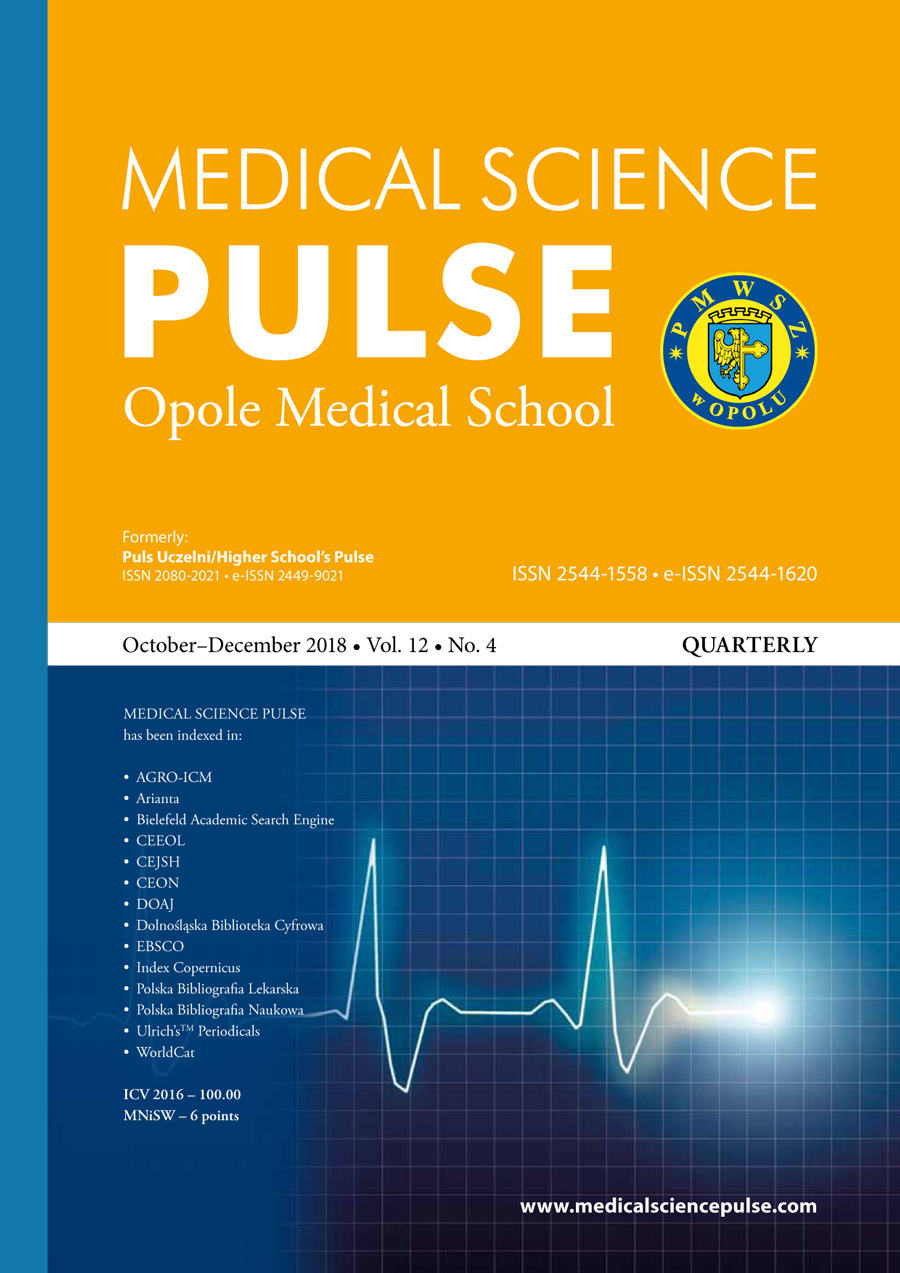Assessment of the impact of Hold-Relax and Contract-Relax techniques on the compression pain threshold in patients with lateral humeral epicondylitis
Assessment of the impact of Hold-Relax and Contract-Relax techniques on the compression pain threshold in patients with lateral humeral epicondylitis
Author(s): Szymon Wyszyński, Sylwia Stiler-WyszyńskaSubject(s): Health and medicine and law
Published by: Państwowa Medyczna Wyższa Szkoła Zawodowa w Opolu
Keywords: PNF ; pressure pain threshold; lateral epicondylitis inflammation
Summary/Abstract: Background. The method of proprioceptive neuromuscular paving (PNF) is unique in that it has its own principles of working with the patient. The overriding therapeutic goal during PNF therapy is to work on a lost function that is important for the patient. Objective. The aim of the study was to assess the impact of Hold-Relax and Contract-Relax techniques on the compression pain threshold in patients with lateral humeral epicondylitis. Material and method. The study involved 60 patients aged 47.8 ± 4.3 with inflammation of the lateral humeral epicondyle. There were 35 women and 25 men in the study group. In each examined person it was the first incident of lateral humeral epicondylitis. In each of the probands, subjective and physical physiotherapeutic examination was carried out. 41 left and 19 right limbs were tested. Measurements were made under standard conditions. Among the physiotherapeutic tests performed were: examination of the range of motion, assessment of the compression pain threshold using an algometer, and pain assessment during extension and radial deviation of the wrist with a load. The study of the range of movement was carried out using an electronic goniometer. Then, the subjects were randomly divided into two groups: group "A" in which the Hold-Relax technique was performed on the muscle group that extends and radially deviates the wrist and group "B" in which Contract-Relax was applied to the same muscle group. The therapy lasted 30 minutes and was continued for the next 10 days. In each group, apart from the mentioned techniques, physiotherapy treatments were applied as indicated. After the therapy, the tests that preceded the therapies were repeated. The obtained results were placed in the database and subjected to statistical analysis using the Statistica program. Results. The mean extent of the extension movement in the radiocarpal joint before the therapy in group "A" was 45.7 ± 4.7 while in group "B" it was 40.1 ± 3.79. After treatment, the mean range of motion increased in the "A" group to 67.46 ± 8.69 and in the "B" group to 71.6 ± 8.3. In both groups, changes were observed at the statistically significant level p = 0. Conclusion. 1. The use of both the Hold-Relax and Contract-Relax techniques had an impact on the change of the compression pain threshold.2. The use of Hold Relax and Contract Relax techniques has an impact on increasing the range of motion in patients with lateral epicondylitis.
Journal: Medical Science Pulse
- Issue Year: 12/2018
- Issue No: 4
- Page Range: 15-21
- Page Count: 7
- Language: English

